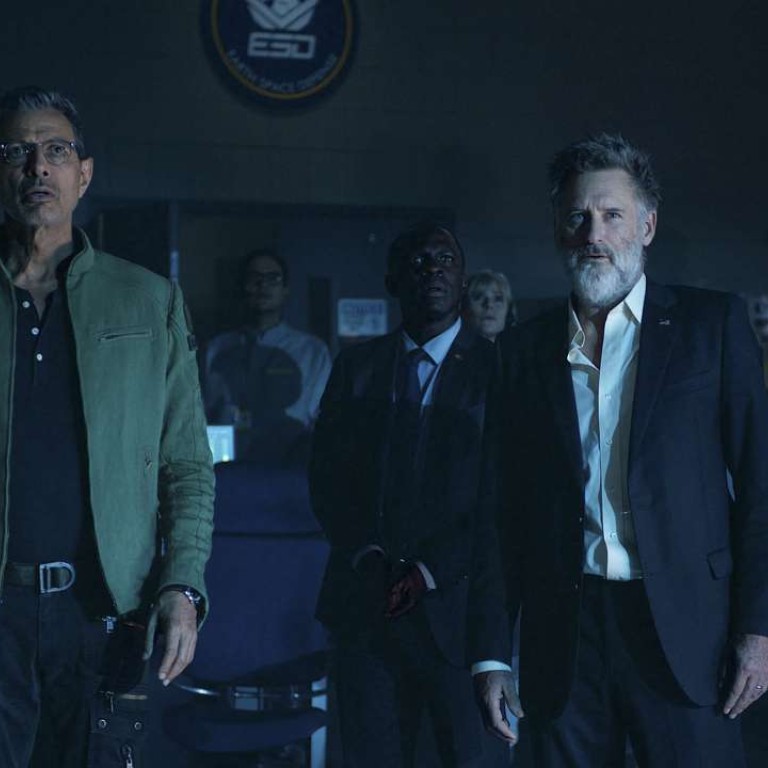
Risk-averse Hollywood doubles down on remakes and sequels
Independence Day: Resurgence is the latest summer blockbuster to evoke the memories of a decades-old hit. Hollywood, and America by extension, seems eager to dive into nostalgia
Nostalgia is a polar kind of thing.
Hollywood is the kind of entity that gets it. Or, at least, wants us to get it. Remakes have been around for a long time, with movie studios really parking themselves in our memory about a decade ago. In 2005, some of the biggest releases included Bewitched, The Dukes of Hazzard, The Bad News Bears, Charlie and the Chocolate Factory, King Kong and Herbie: Fully Loaded, the last one carrying the most quaint notion of all, that of Lindsay Lohan as a reliable commodity.

The simple explanation is that these new films are easier to give a green light because studios don’t like taking risks. And what could be less risky than a familiar name – especially if you’re now able to revisit it with all the tricks of the effects era?

The upside to this, if you’re an executive, is it gets people to see your movie. The past always seems a little better than the present, so who wouldn’t want to take a trip in the wayback machine?
Constantine Sedikides of England’s University of Southampton, a pioneer in the field and creator of what’s known as the Southampton Nostalgia Scale, has done extensive research and concluded that such reflection can trigger a wide range of benefits. Psychologists have found that about half of all people marinate in nostalgia at least once a week, and that it usually brings warm feelings. They say this is particularly true if the event being reflected upon happened when you were in your teens or 20s – part of a so-called “reminiscence bump” in which differences in memory storage from that phase can lead to brighter associations.
The chancy part, if you’re an executive, is it doesn’t get people to like your movie. In fact, the opposite can often happen. The past often turns out actually to have been a little worse than we remember it, and confronting this can cause some ruptures with one’s present. It’s a phenomenon researchers call self-discontinuity, though many people will know it by the simpler term of “I just saw Zoolander 2.”
Of course, not every such film is bad or shunned. Trading on our memory may not work for the majority of movies. But when it works, it can work big.
The two most popular movies of last year operated firmly on the nostalgia principle. Jurassic World last summer was massive – its US$1.6 billion haul made it the fourth-highest global earner of all time. Maybe it was the way the film executed various elements, offering a fresh spin on an old story. Or maybe it just came in a nostalgia sweet spot – the original was not so far away we’d forgotten it, but it was far enough away to be cloaked in the soft fuzz of the past.
The 1993 release of Jurassic Park, in other words, was just the right amount of far away – in part because many of the people now deciding what movie to take their families to were in that nostalgically impressionable teen and twentysomething window when it came out.

Not that originals are always inherently great; they just might have found a way of slipping past our sensors. Will Smith, no stranger to nostalgia cinema with 2012’s Men In Black 3 and the upcoming Bad Boys 3, spoke recently at the Cannes Lions advertising festival about how much has changed in the film business since many of these originals came out.
“Back in the ‘80s and ‘90s you had a piece of crap movie you put a trailer with a lot of explosions and it was Wednesday before people knew your movie was (garbage),” Smith said. “But now what happens is 10 minutes into the movie, people are tweeting, ‘This is … , go see Vin Diesel.’”
Smith is raising a worthy point. Back when many of these properties began, we were, as a group, less sceptical because it was a lot harder to communicate that scepticism. These originals may not always have been that great (and if you’ve watched Independence Day lately, you know what I’m talking about). We were just less capable of reinforcing our negativity.
These films aren’t operating in a vacuum. Technology has shrunk the distance between past and present in many ways. There’s the Spotify song that easily transports you to a teenage crush. Or that streaming service that has kept alive the likes of Friends and Full House, in the latter case prompting its reboot.

Maybe it’s the dark present that elicits such a pining for another time. Nearly every one of these new movies draws on a film from an era before ISIS, frequent mass shootings and catastrophic climate change. We remember these movies pleasantly in part because when we first saw them our lives seemed more pleasant. Or perhaps it’s just about what those of us in the segment of the population that engages in nostalgia have long argued: The past can be a pretty nice place to hang out.
Los Angeles Times

